Black butcher block countertops are a stunning addition to any kitchen, giving a modern, sophisticated look. But, like any beautiful thing, they need the right care to stay that way. Choosing the best finish for your black butcher block is crucial for its longevity and visual appeal. This article will provide you with a comprehensive guide, blending my knowledge with real-world examples, to help you master the art of butcher block protection. Let’s dive in and ensure your investment remains a showstopper for years to come.
Hey everyone, it’s your friendly neighborhood content creator here, ready to talk about something I am very passionate about: butcher block! Especially the gorgeous black kind. I’ve seen a lot of folks struggle with protecting their black butcher block countertops, and I get it. It’s a big investment, and you want to make sure it’s protected. That’s why I’m here to break down everything you need to know about selecting the right finish. We’ll explore various options, their pros and cons, and offer some practical advice to keep your butcher block looking its absolute best. Get ready to learn the ins and outs of finish types, application techniques, and maintenance schedules. Trust me, it’s easier than you think, and the results are totally worth it. Let’s get started, shall we?
Understanding the Importance of a Finish
Why does your black butcher block need a finish, any way? Think of a finish as a shield, a protective layer against the daily grind. Without it, your wood is vulnerable. It’ll absorb moisture, leading to warping or cracking. Spills? They’ll soak right in, leaving stains and potential damage. Plus, the finish enhances the wood’s natural beauty, bringing out the richness of the black stain and adding a gorgeous sheen.
Here’s a quick rundown of what a good finish does:
- Protects against moisture: Prevents water damage, a butcher block’s worst enemy.
- Resists stains: Makes cleanup a breeze and protects against spills.
- Enhances appearance: Brings out the color and adds a lovely finish.
- Increases durability: Extends the lifespan of your countertop, keeping it looking amazing.
Exploring Finish Options for Black Butcher Block
Okay, so we know we need a finish. But what kind? There’s a whole world of options out there, each with its own set of characteristics. Let’s look at some of the best choices for black butcher block:
- Food-Grade Mineral Oil: This is a classic choice, especially if you plan on using your butcher block for food preparation. It’s non-toxic, easy to apply, and offers a natural look. However, it requires frequent reapplication (monthly, or even more often) and doesn’t offer as much protection against scratches or stains compared to other options.
- Tung Oil: A natural oil that penetrates the wood and hardens over time. It provides good water resistance and a beautiful, matte finish. Tung oil is a great middle-ground choice, offering solid protection without a heavy chemical smell. It also needs periodic reapplication but lasts longer than mineral oil.
- Polyurethane: Available in both oil-based and water-based forms, polyurethane creates a hard, durable surface. It offers excellent protection against scratches, stains, and water damage. However, it’s not food-safe, so it’s best for countertops that aren’t used for direct food preparation. Also, it can be more challenging to apply smoothly, and repairs can be tricky.
- Epoxy Resin: For a super-durable, high-gloss finish, epoxy resin is a fantastic choice. It’s incredibly resistant to water, stains, and scratches. But, be aware, it’s a more complex application process and may not be the best choice for DIY-ers. Also, it’s not ideal for cutting directly on the surface. (You’ll need a cutting board, and that’s generally a smart move anyway.)
Choosing the Right Finish: Factors to Consider
Picking the perfect finish isn’t just about the type; it’s about matching the finish to your needs and lifestyle. Here are some things to think about:
- Intended Use: Will you be using the butcher block for food preparation (cutting, chopping, etc.)? If so, food-grade mineral oil or a food-safe tung oil are your best bets. If it’s purely for display or serving, polyurethane or epoxy are viable.
- Desired Appearance: Do you want a matte, natural look, or a glossy, modern finish? Mineral oil and tung oil give a more natural appearance. Polyurethane and epoxy offer more sheen.
- Level of Maintenance: Are you the type who enjoys regular maintenance, or do you prefer a more hands-off approach? Mineral oil requires the most frequent reapplication. Polyurethane and epoxy are more low-maintenance once applied.
- DIY Skills: Are you comfortable with applying finishes, or would you prefer a simpler process? Mineral oil is super easy. Polyurethane and epoxy have a steeper learning curve. And remember, take your time and follow the instructions. Rushing can lead to a less-than-perfect result, and nobody wants that.
- Budget: Different finishes have different price points. Factor in the cost of the finish itself, plus any applicators or tools you might need. And, of course, factor in the cost of your time.
Applying Your Chosen Finish: Step-by-Step Guide
Alright, you’ve chosen your finish. Now, let’s get it on that beautiful black butcher block. Here’s a general guide; always follow the manufacturer’s instructions for your specific product.
- Preparation is Key: Sand the surface of your butcher block. Start with a coarse grit sandpaper (around 120-grit) to smooth out any imperfections and then move up to a finer grit (220-grit) for a silky-smooth finish. Clean off all the dust with a tack cloth.
- First Coat: Apply your chosen finish evenly, following the grain of the wood. Use a brush, rag, or applicator pad, depending on the product. Let it dry completely according to the product instructions.
- Light Sanding (Optional): For oil-based finishes, you may need to lightly sand between coats to remove any imperfections. Always clean the surface again with a tack cloth.
- Subsequent Coats: Apply additional coats, allowing each one to dry completely. The number of coats will vary depending on the finish you’re using.
- Curing Time: Allow the finish to fully cure before using your butcher block. This can take several days or even weeks, depending on the product. Be patient; it’s worth it.
Important tip: Test your finish on a small, inconspicuous area of the butcher block first to ensure you like the look and that it’s compatible with the black stain.
Maintaining Your Black Butcher Block: Keeping it Gorgeous
So, you’ve finished your butcher block. Congrats! But the work doesn’t stop there. Proper maintenance is key to keeping it looking its best. Here’s how:
- Regular Cleaning: Wipe up spills immediately to prevent stains. Use a mild soap and water solution for cleaning. Avoid harsh chemicals or abrasive cleaners.
- Re-Oiling (for Mineral Oil and Tung Oil): Reapply mineral oil regularly (monthly or as needed) to maintain its protective properties. Tung oil needs reapplication less often, maybe every six months to a year, depending on use.
- Avoid Cutting Directly: Always use a cutting board to prevent scratches. Even a durable finish can be damaged by direct cutting.
- Protect from Heat: Use trivets or hot pads to protect your butcher block from hot pots and pans. Heat can damage the finish.
- Address Scratches and Damage: If you notice scratches or damage, address them promptly. Light scratches can often be buffed out. More significant damage might require sanding and refinishing the affected area. Don’t delay; the quicker you address things, the easier they are to fix.
Troubleshooting Common Issues
Even with the best care, things can go wrong. Here are some common problems and how to fix them:
- Water Stains: Wipe up water spills immediately. If a stain appears, try gently scrubbing it with a mild soap and water solution. For stubborn stains, you may need to lightly sand the area and reapply the finish.
- Scratches: Light scratches can often be buffed out. Deeper scratches may require sanding and refinishing.
- Dull Finish: If your butcher block looks dull, it’s likely time for a fresh coat of oil (for oil-based finishes) or a light cleaning and reapplication of the finish.
- Sticky Surface: This can be a sign that too much finish has been applied or that the finish hasn’t cured properly. Wipe the surface with a clean cloth and allow it to dry completely. In some cases, you may need to lightly sand the surface and reapply the finish, following the manufacturer’s instructions carefully.
- Uneven Finish: This can happen if the finish isn’t applied evenly. Sand the area lightly and reapply the finish, using a smooth and consistent application technique. Remember, patience is key to getting a nice finish.
So there you have it. From selecting the right finish to applying it and keeping it in tip-top shape, you’re now armed with the knowledge to protect and showcase your black butcher block. Remember, the key is to choose a finish that matches your needs and lifestyle, and to be consistent with your maintenance. With a little effort, your black butcher block will remain a stunning and functional feature of your home for years to come. Thanks for joining me on this journey, and happy finishing. Until next time, keep creating, keep experimenting, and most importantly, keep loving your space. And, don’t be afraid to reach out with any questions. I’m always here to help. Stay beautiful, everyone.


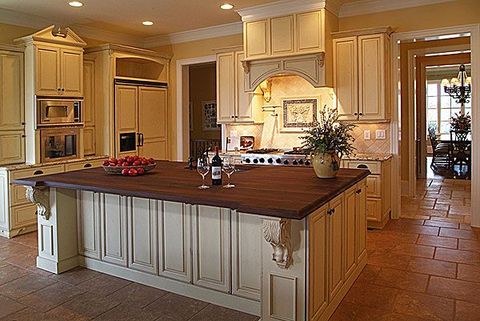
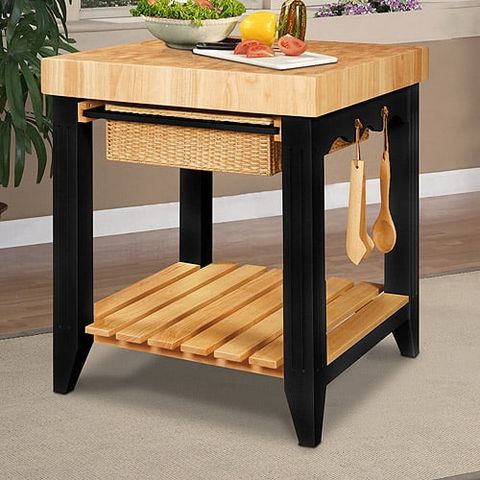
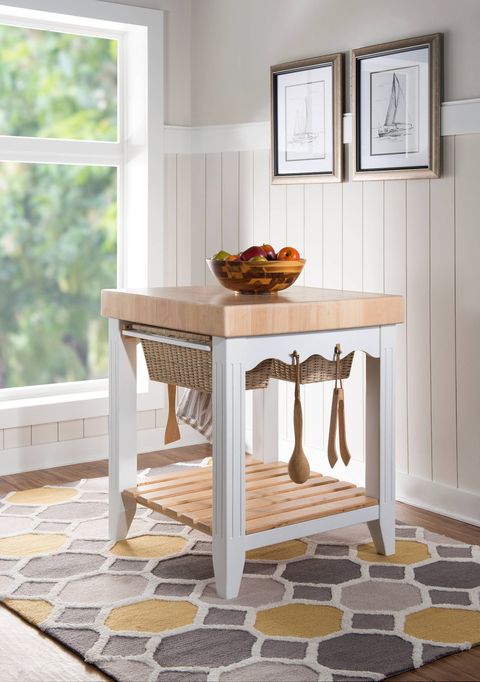
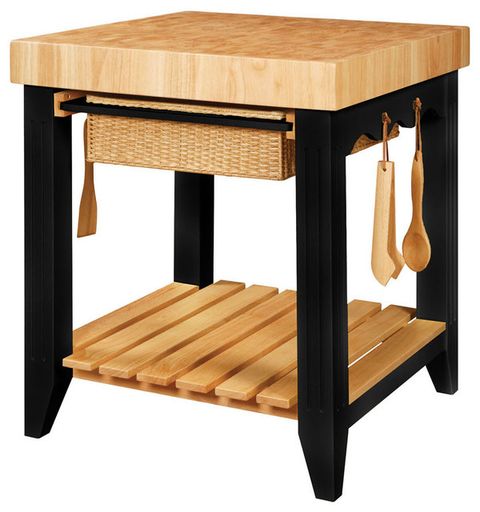
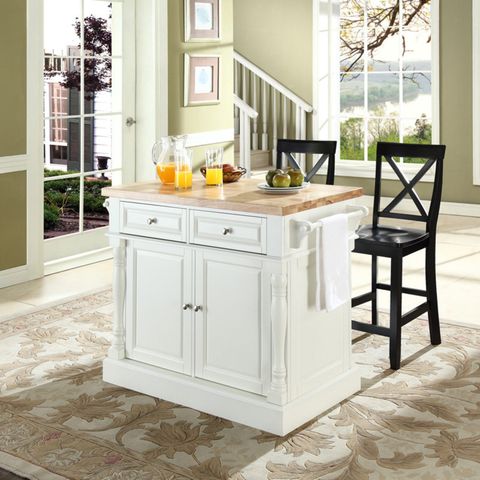


![Color Story Butcher Block Kitchen Island (Black) - [502-416] : Decor South for Color Story Black Butcher Block Kitchen Island](https://marcpauze.com/wp-content/uploads/2025/05/color-story-butcher-block-kitchen-island-black-502-416-decor-south-for-color-story-black-butcher-block-kitchen-island.jpg?width=480&f=jpg)










